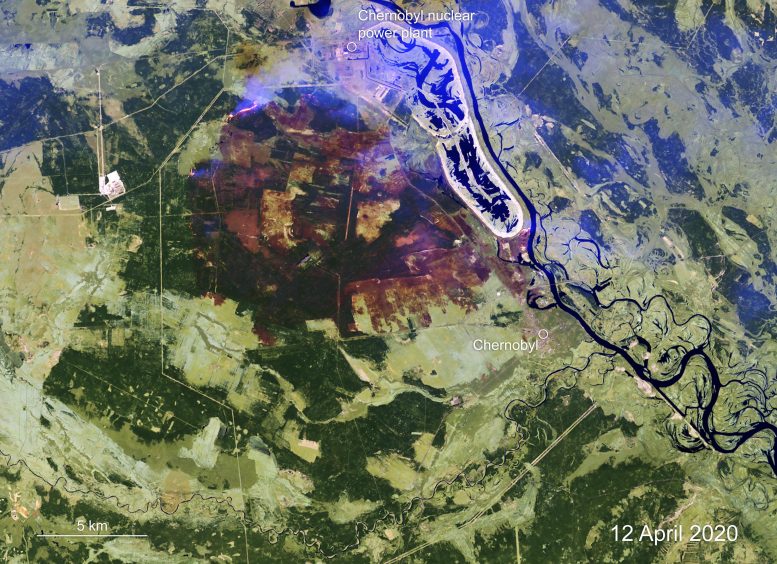
An outbreak of wildfires recently threatening the closed Chernobyl nuclear power plant in the Ukraine. This Copernicus Sentinel-2 image, acquired on April 12, 2020, has been processed to show thermal anomalies and the burned area through the smoke. Credit: Contains modified Copernicus Sentinel data (2020), processed by ESA
With an outbreak of wildfires recently threatening the closed Chernobyl nuclear power plant in Ukraine, the Copernicus Emergency Mapping Service has been activated and the Copernicus Sentinel-2 satellite mission has imaged the fires and smoke, and mapped the resulting area of burned ground.
Thankfully, the heavy rain yesterday means that most of the flames have now been extinguished. Nevertheless, the Ukrainian authorities also reported yesterday that there were still more than 500 firefighters, 124 fire engines, and several helicopters still working to contain the smoldering.
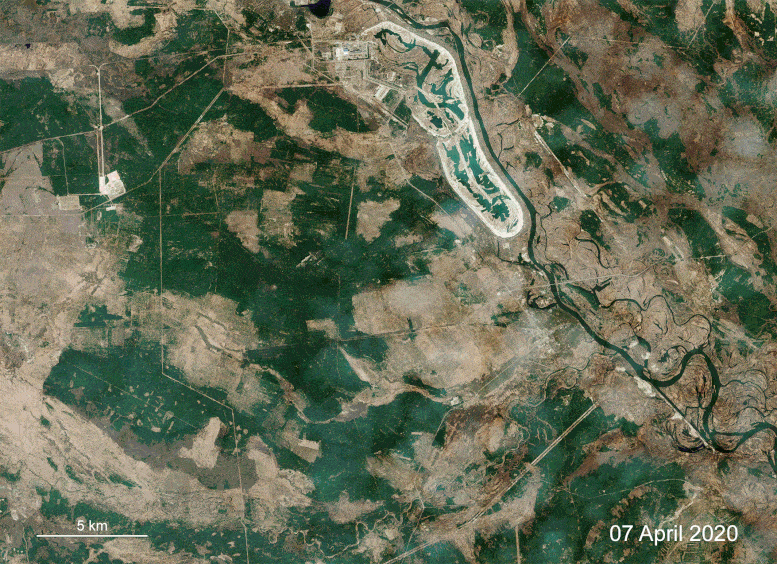
An outbreak of wildfires recently threatening the abandoned Chernobyl nuclear power plant in Ukraine. The animation above uses images from Copernicus Sentinel-2 to show the situation prior to the fires on April 7, and then on April 12. The image from April 12 is from one acquisition, but has been processed to show thermal anomalies, smoke from the fires and then the burned area through the smoke. Credit: Contains Copernicus Sentinel data (2020), processed by ESA, CC BY-SA 3.0 IGO
In 1986, the nuclear site suffered a disastrous meltdown that spread radioactive fallout across Europe. The concerns were that the fires could reach the defunct nuclear reactor and a storage site for radioactive waste, and that there could be a risk of exposure to increased radiation from the burning of contaminated forest and soil.
Fires around Chernobyl are a seasonal phenomenon, but have been worse than normal this year owing to a mild winter and spring that has left the forest floor dry.
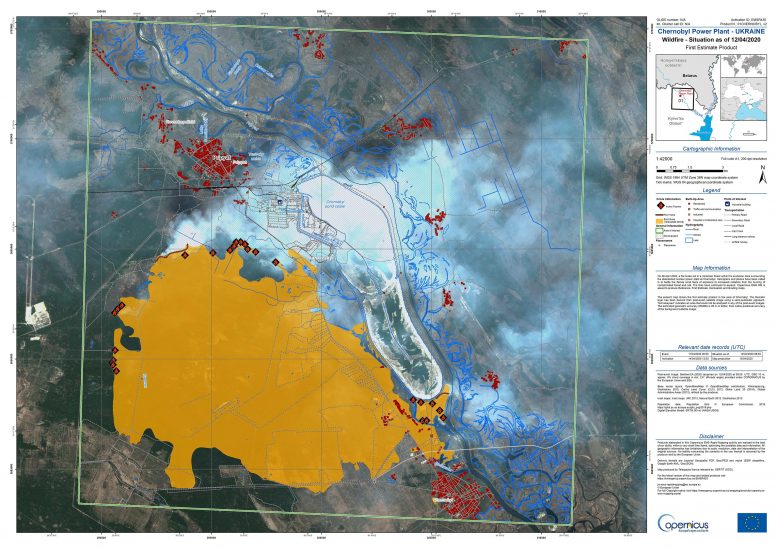
This map has been generated by the Copernicus Emergency Management Service using an image acquired by Copernicus Sentinel-2 on April 12, 2020. The map shows the burned area around Chernobyl in the Ukraine following an outbreak of wildfires. The Emergency Management Service was activated on April 14, 2020 to help in the response to the fires. Credit: Copernicus Emergency Management Service
Satellites are key to keeping an eye on vulnerable regions such as this.
Each of the two satellites in Copernicus Sentinel-2 constellation is equipped with a wide-swath multispectral sensor that can image in 13 spectral bands.
The mission is being used as part of an activation of the Copernicus Emergency Management Service to provide maps of the burned area to help authorities respond to the consequences of this recent fire. The image on the right is an example of a map being provided through the service.
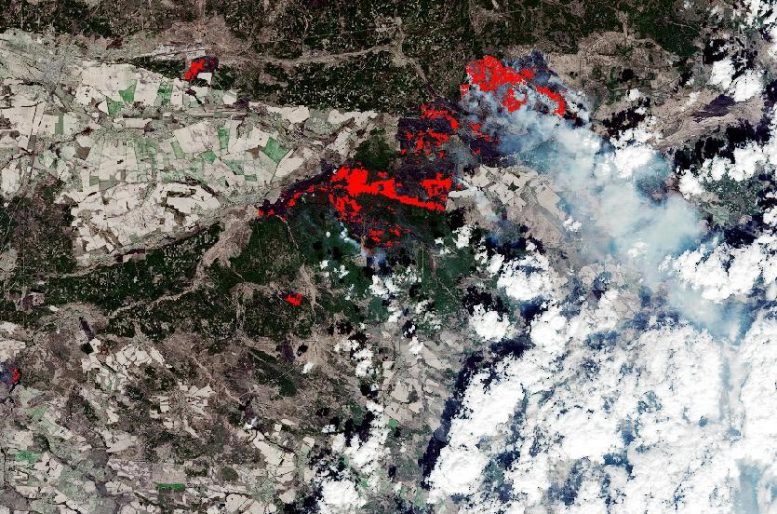
This extract of a burned area mapping product was generated by CIMA Foundation and Fadeout using the WASDI processing environment. It is based on images acquired by Copernicus Sentinel-2 on March 26 and April 10 2020. It shows the burned area around Chernobyl in the Ukraine on April 10 following an outbreak of wildfires. CIMA Foundation is leading an ESA project called eDRIFT that is looking at Disaster Risk Financing using Cloud processing of Copernicus Sentinel imagery. Credit: Contains Copernicus Sentinel data (2020), processed by CIMA Foundation and Fadeout srl
Using satellite data, the service provides information for emergency response for different types of disasters, including meteorological and geophysical hazards, deliberate and accidental disasters, humanitarian disasters, and for prevention, preparedness, response, and recovery activities.
The animation featured above uses images from Copernicus Sentinel-2 to show the situation prior to the fires on April 7, and then on April 12. The image from April 12 is from one acquisition, but has been processed to show the smoke from the fires and then the burned area through the smoke.
In parallel, the Copernicus Sentinel-3 mission also recorded the fires and the data is displayed in the Sentinel-3 World Fire Atlas Prototype, which is also able to provide a breakdown of these fires per continent.

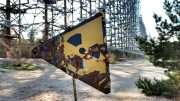

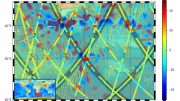
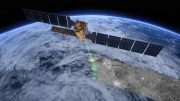
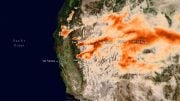
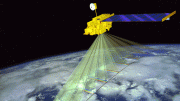
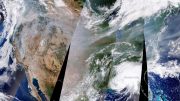
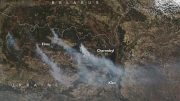
Be the first to comment on "Emergency Mapping Chernobyl Fires From Space"